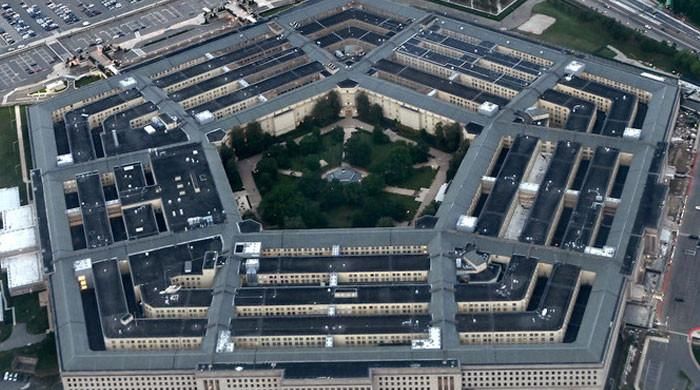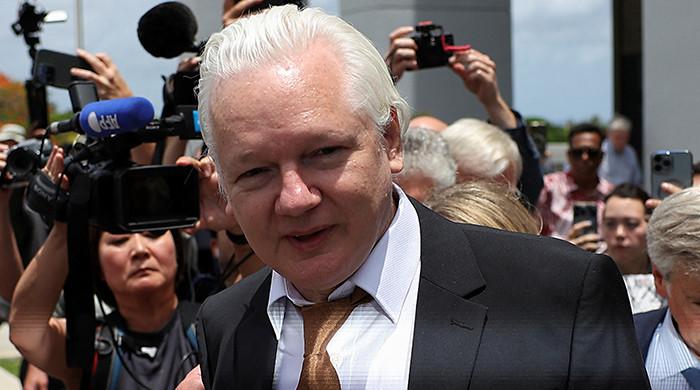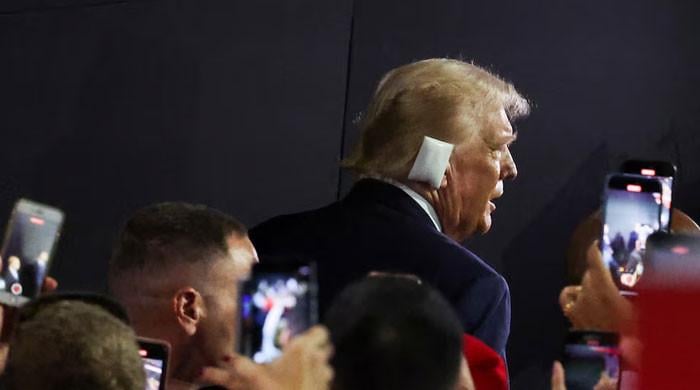Washington: The Pentagon Inspector General's Office announced Thursday that it was opening an investigation into the use of the Secretary of Defense Pete Hegseth of an application of commercial text messages not classified to coordinate the highly sensitive launch of March 15 of the US strikes on Yemen's hutis.
In a memorandum aimed at Hegseth, the Inspector General's office said he would examine whether the use of Hegseth of the guidelines of the Department of Defense of Signal Met, including those related to classified information.
Hegesh has repeatedly said that no information classified in the CAT was revealed, although it included precise times for the launch of US air attacks and some guidance details that are considered closely stored secrets before a surprise military operation such as Yemen.
The details of the Chat were revealed last week by Atlantic magazine after their chief editor, Jeffrey Goldberg, was included in error in the conversation, causing a shameful incident that involved all the highest national security officials of President Donald Trump.
The case has also renewed the scrutiny of Hegseth, who only won by little confirmation of the Senate after a overwhelming review that raised serious questions about his experience, temperament and opinions about women in combat.
“The objective of this evaluation is to determine to what extent the Secretary of Defense and other personnel of the Department of Defense complied with the policies and procedures of the Department of Defense for the use of a commercial messaging application for official businesses,” wrote Steven Stebbins, the Interim Inspector General.
“In addition, we will review compliance with the requirements classification and retention requirements.”
Hegseth sent a text message about the plans to kill an Hutí militant leader in Yemen two hours before the military operation began and included precise details about when the F-18 combat aircraft would be launched, as well as the sea-based cruise missiles.
'Cean in Opsec'
Hegesh's text began with the title of “Team Update” and included these details, according to the Atlantic:
“Time now (1144 ET): The weather is favorable. I just confirmed with Centcom we are a launch of the mission”
“1215 ET: F-18s launch (1st Strike Package)”
“1345: The F-18 window of the first attack window 'based on trigger' begins (Target Terrorist is its known location, so it should be on time, also, Strike Drones DRONES (MQ-9S)”
“1410: More F-18 launch (2nd attack package)”
“1415: Strike drones in the objective (it is when the first pumps will definitely fall, pending objectives 'based on the trigger' previous)”
“1536 The 2nd Strike begins, too, CRASS was also launched. Tomahawks.”
Towards the end of the text chain, Hegseth said the mission was “clean in OPSEC”, an operational safety acronym, without leaks, despite the fact that the reporter was in the text chain.
If Hutíes leaders knew that a strike was approaching, they could have fled, possibly to areas full of people where the orientation is more difficult, and the amount of potential civilian casualties could be considered too high to proceed.
The main Democrat in the Senate Pentagon Supervision Committee, Jack Reed, said a leak could have put at risk the pilots of the United States.
“The potentially mortal consequences of the Secretary of Secretary Hegseth are chilling,” Reed said in a statement.
“If intelligence in their chat messages would have been obtained by the hutis or other adversary, they would have allowed them to reposition weapons to attack our pilots with dangerously precise intelligence.”
In a sign of sensibilities, the central command of the US Army. UU. It has provided much less details to the public of the usual about its ongoing operations in Yemen, including basic information such as the number of strikes so far.
When asked about the details about the campaign, which began on March 15, a defense official, who provides a written response on condition of anonymity, recruits Reuters:
“Centcom will not provide details about strikes until the operation has completed and there is no additional risk for US staff or assets involved.”
Stebbins, the interim inspector, said the review will take place in Washington, DC, as well as at the headquarters of the central command in Tampa, Florida.
“We request that you designate two contact points for this evaluation within five days,” he wrote in the note, which was also addressed to the deputy of Hegesh, Steve Feinberg.
While it is rare for the Inspector General to investigate a Secretary of Defense of the United States, the office more recently tested the predecessor of Hegseth, President Joe Biden's Secretary of Defense, Lloyd Austin, about his hospitalization secret last year.
Stebbins became the interim inspector general in January after Trump dismissed the previous chief of the independent guard dog and other vigatory dogs of the agency throughout the government during his first week in office.












